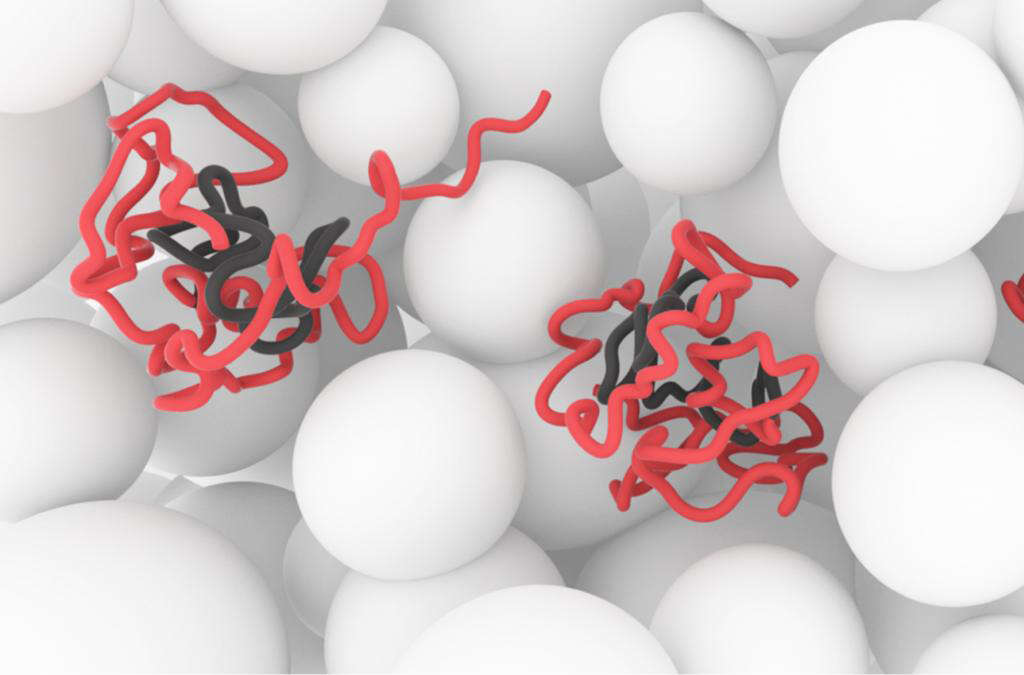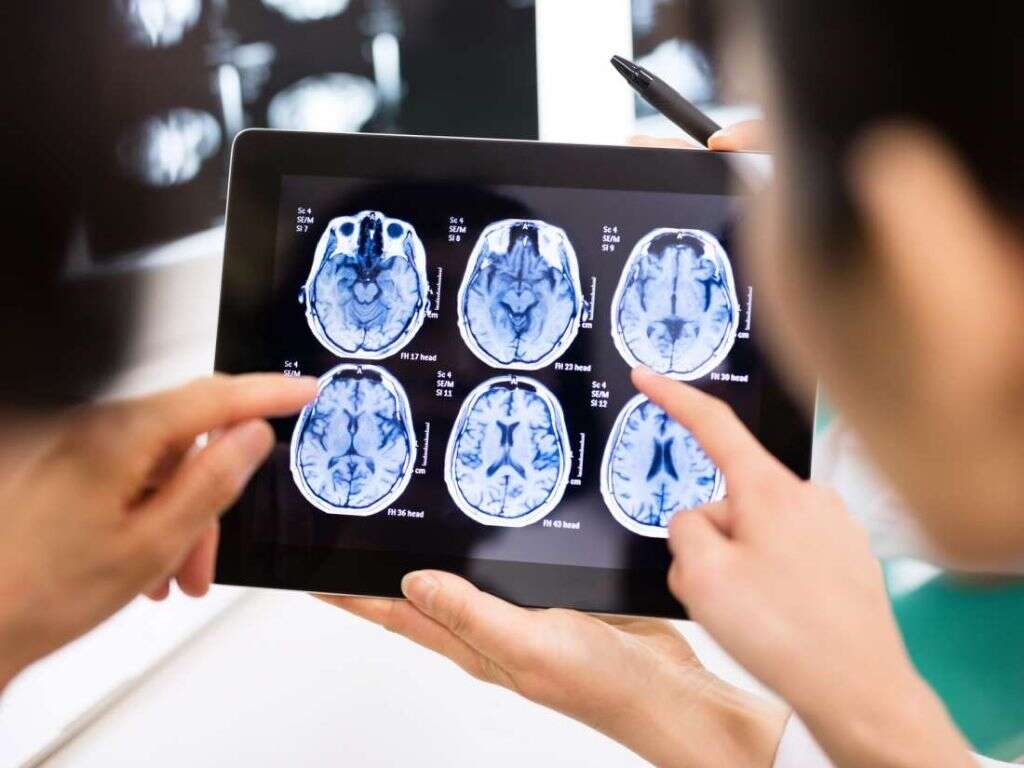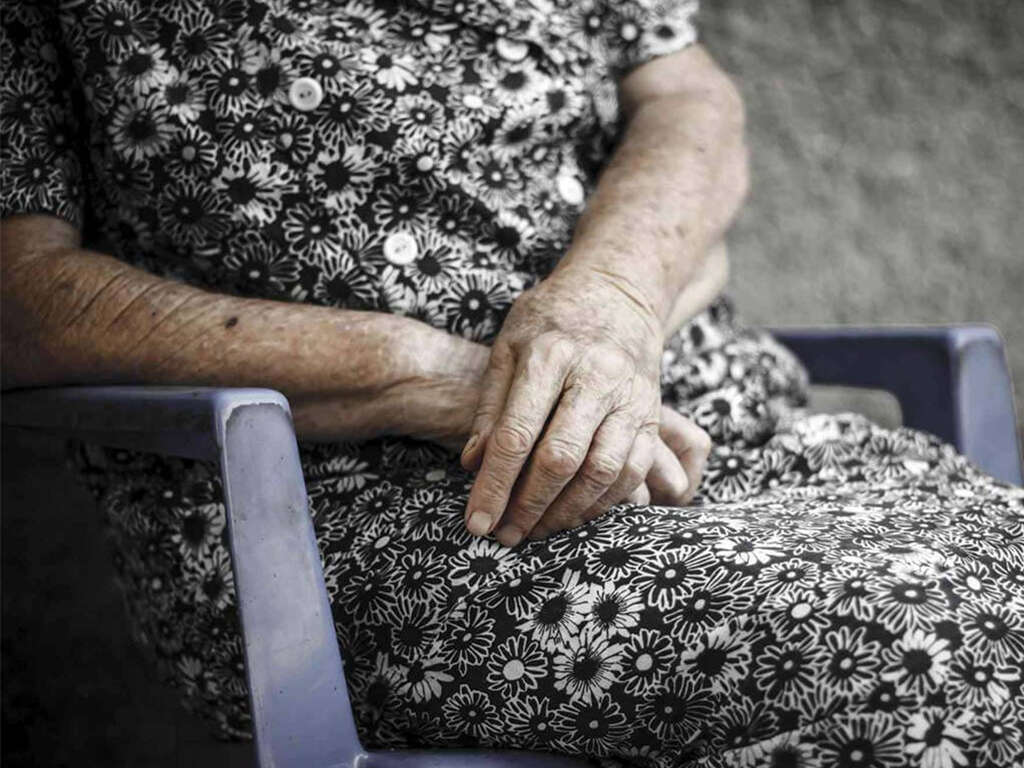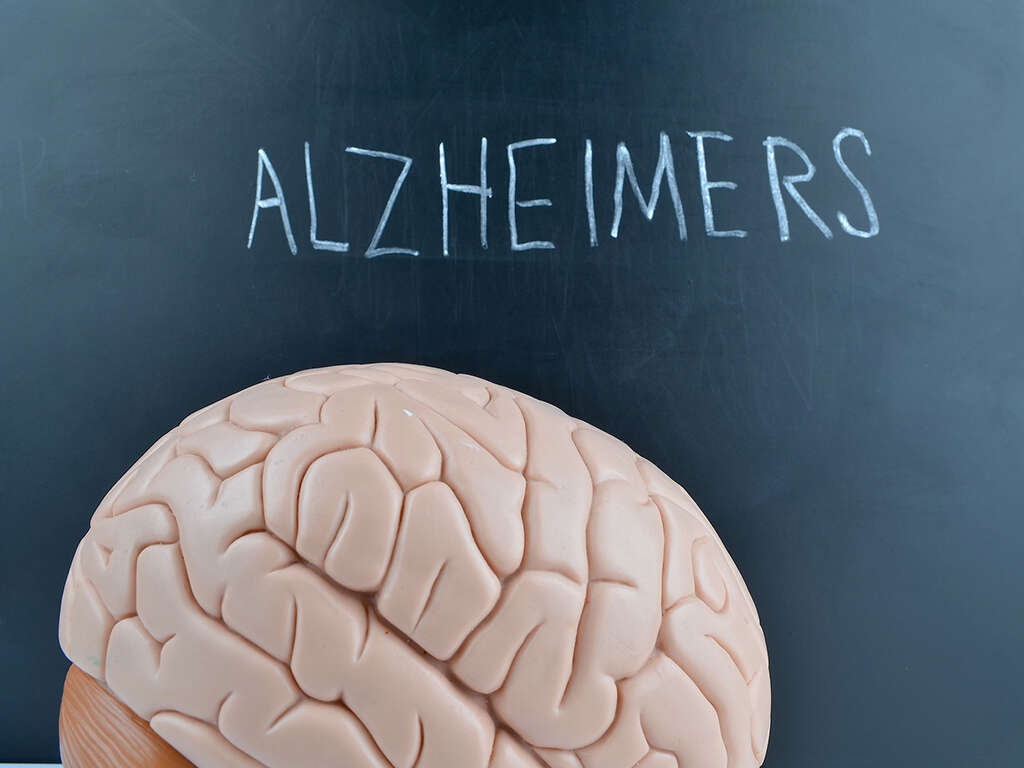What Is Lewy Body?
In 1912, German-American medical doctor and neurologist Fritz Jacob Heinrich Lewy published a paper describing proteins he found in the nuclei of brain cells of Parkinson’s patients. These proteins, later named Lewy bodies in his honor, also play a role in a related type of dementia.
Doctors initially thought Lewy body dementia to be rare, but new immunocytochemical methods used to identify the proteins in the 1980s revealed it to be more common. Based on criteria established in 1996, LBD is currently thought to affect over 1 million Americans.

1. Lewy Bodies
In medical terms, the word body sometimes refers to any kind of substance or form of matter. For example, the phrase foreign body is used to mean any object inside a person that is not supposed to be there. A Lewy body is a piece of alpha-synuclein protein that accumulates inside the brain for no apparent reason.
A healthy brain needs alpha-synuclein proteins in order for its neurons to communicate with each other. However, in patients with LBD, these proteins clump into bodies inside the cells, preventing them from functioning properly. Eventually, the Lewy bodies cause the neurons to die.

2. Physical Symptoms
Two of the locations where Lewy bodies form are the midbrain and basal ganglia, both of which are involved in body movement. Damage to neurons in these areas results in tremors and muscle jerking commonly associated with Parkinson’s disease, as well as with trouble swallowing.
Difficulty walking is one of the most conspicuous symptoms. Patients tend to shuffle their feet and walk slowly. They may become dizzy upon standing and lose their balance or fall easily. Their posture becomes progressively more stooped, and they have a blank, emotionless facial expression.

3. Cognitive Symptoms
Damage to cells of the cerebral and limbic cortices affects perception, thoughts, speech, emotions, and behavior. Resulting symptoms of dementia include disorientation and lack of control of emotions. Patients may be confused about where they are and struggle to use words and numbers.
Patients can become depressed and apathetic or express anxiety about real or imagined problems. Delusions, paranoia, and hallucinations also occur and are considered psychoses. Memory is not usually affected until later stages when Lewy bodies accumulate in the hippocampus

4. Sleep Disturbances
Lewy bodies in the brain stem cause a number of symptoms related to sleeping and awareness. Patients may sit motionless for hours, staring at a single point. They may experience excessive sleepiness during the day, sleep at random times, or go for extended periods without sleeping at all.
REM sleep behavior disorder is sometimes an early warning sign of LBD. Symptoms of REM-SBD include talking and acting out vivid dreams while asleep or falling out of bed frequently. Other sleep disturbances associated with LBD include nighttime restless leg syndrome and wetting the bed.

5. Causes
No one knows the exact cause of the buildup of Lewy bodies. Despite a few cases of multiple family members having the condition, geneticists do not consider LBD to be an inherited condition. Certain genotypes of three genes are more common in LBD patients, and researchers are looking for relationships between these genes and the disease.
Several studies have revealed that the agricultural pesticides paraquat and maneb change the brain in ways similar to the way Lewy bodies do. Exposure to these chemicals, even at low levels, can cause a person with a pre-existing mutation in certain genes to have an increased risk of LBD symptoms.

6. Differences from Parkinson’s Disease
Doctors disagree on the relationship between LBD and Parkinson’s disease. Some consider them to be separate conditions, while others suggest they are two points on a spectrum of Lewy body disorders. The same buildup of proteins in the brain causes both, and both eventually result in the same symptoms.
The main difference between Parkinson’s disease and LBD is the speed at which dementia develops. In both disorders, physical symptoms such as muscle tremors and difficulty walking appear first. For those with LBD, cognitive symptoms develop within one year. People with Parkinson’s, in contrast, can experience physical symptoms for years without dementia.

7. Differences from Alzheimer’s Disease
Alzheimer’s disease is another form of dementia associated with unwanted proteins in the brain. However, the beta-amyloid and tau proteins in Alzheimer’s patients are different from Lewy bodies, and the cause and effect relationship of their presence is not entirely clear. Some experts suspect the body may create the protein deposits to protect the brain from the real culprit, inflammation.
Patients with Alzheimer’s disease experience a steady decline in memory and cognitive function, as compared to the day-to-day fluctuations in the mental ability of those with LBD. Alzheimer’s patients also do not experience tremors and trouble walking. However, the 40% of Alzheimer’s patients who also have Lewy bodies, do experience these symptoms.

8. Diagnosis
No specific laboratory procedure exists to detect Lewy bodies in the brain. When motor symptoms or dementia are present, a doctor will usually run tests to eliminate other causes. These tests include a chemistry panel and complete blood count. In addition, levels of thyroid hormones and vitamin B-12 are analyzed, and the patient is evaluated for other diseases such as syphilis and Lyme disease.
Doctors cannot see Lewy bodies in an image from a CT scan or MRI of the brain, but other visible features help them make a diagnosis. For example, brain shrinkage is indicative of both LBD and Alzheimer’s disease. Imaging can also rule out other problems, including tumors, strokes, hydrocephalus, and Creutzfeldt-Jakob disease.

9. Progression
LBD is subtle at first, with patients requiring an increasing amount of assistance as the illness gradually intensifies. The length of time between the first symptoms and death can range from 2 to 20 years, with an average of 5 to 8 years. The speed at which the condition progresses depends on factors such as age and health.
Death from LBD usually occurs as a cumulative result of trouble swallowing, poor nutrition, and immobility. Fatalities also occasionally result from falls or complications associated with decubitus ulcers. Nearly two-thirds of LBD patients die from an overall failure to thrive, and 23% from pneumonia or swallowing difficulties.

10. Treatment
There is no cure for LBD. However, carbidopa-levodopa medications help with walking and other motor functions. Cholinesterase inhibitors used to treat Alzheimer’s disease also help with cognitive symptoms such as hallucinations and delusional thinking. Physical therapy, speech therapy, and psychological counseling also are beneficial.
Even though patients with LBD experience psychotic episodes, antipsychotic medications such as Haldol cause severe adverse reactions, including potentially fatal neuroleptic malignant syndrome, and should not be given. Deep brain stimulation, a technique used to treat Parkinson’s disease, is also detrimental to those with LBD.










